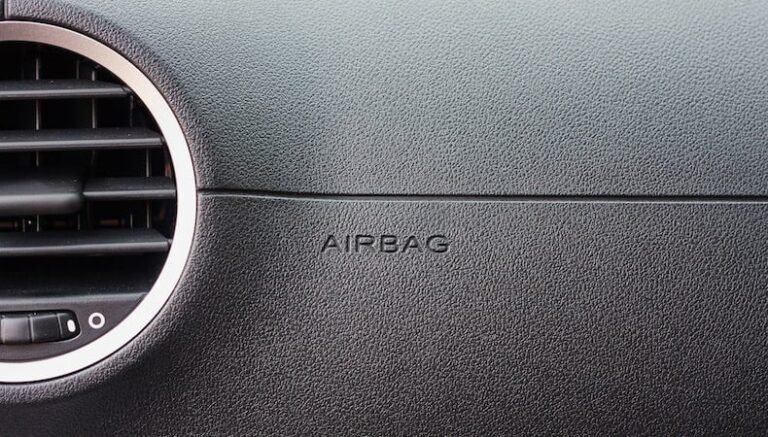One of the most common ways of manufacturing plastic products is through injection molding. It develops powerful, smooth, and intricate components in sectors as automobiles, electronics, and packaging. Nonetheless, there is one important stage that influences the overall appearance and functionality of these products, and this is the Injection Molding Surface Finishes.
We shall learn about surface finishes, their nature, and functionality in enhancing the quality of the molded parts.
What Are Injection Molding Surface Finishes?
Surface finish is used to refer to the smoothness, the gloss of the face, or the texture of an incoming moulded part. This is based on the type of mold material, polish, and shape of the component.
With functional and aesthetic requirements, a professional Plastic Injection Molding Company & Factory provides various finishes to satisfy the requirements. As an illustration, it might be the case that a glossy finish of a product makes it look more appealing, whereas a matte finish conceals the scratches and the fingerprints.
Why Are Surface Finishes Important?
Surface finishes do not just come down to appearance. They also enhance the real-life performance of the part.
Here are some key benefits:
- Improve product appearance
- Enhance grip or texture
- Reduce friction
- Resistance to corrosion and wear.
- Guide to painting, coating, or bonding.
A phone cover or a car dashboard must have the right surface finish to operate and to look flawless as well.
Surface Finishes Injection Molding Schedule of Finishes.
Glossy Finish (A Grade)
It is the smoothest and the shiniest form of a finish. This is done through polishing the mold using fine diamond powder. Beauty products, electronics, and automotive interiors are glossy finishes.
Semi-Gloss Finish (B Grade)
This finish has a balance of shine and texture. It conceals little spots and yet appears fluid. Typically used in household goods and in appliances.
Matte Finish (C Grade)
The surface is made of fine-grit stones or sandpaper to form a non-reflective one. It minimizes glare and handprints, and it works well on industrial and handheld equipment.
Textured Finish (D Grade)
This finish is done through sandblasting or chemical etching. It provides a texture that is touchable and conceals quality flaws. Ordinarily found in automobile components, handles, or toys.
Custom Textures
Corporations can develop differentiated finishes that have logos or patterns. They are mostly used to brand or to make it aesthetically attractive.
The Method of applying Surface Finishes.
The finish will be determined by the treatment given to the mold cavity. The mold may be polished, etched, or blasted and then injected with plastic. The process of a Plastic Injection Molding Company & Factory normally takes the following actions:
- Select the appropriate material for the mold (steel or aluminum).
- Use polish or texture mold as per the required type of surface.
- Verify the test of the mold to determine the quality of its surface.
- Manufacture the components under controlled pressure and temperature.
- When it is properly handled, a consistent and durable surface finish is always achieved.
Affecting Factors on Surface Finishes.
- Type of plastic used
- Temperature and pressure of the moulds.
- Torturing instruments and processes.
- Cooling rate during molding
- Mold material and coating
The slightest modifications in these aspects may have an impact on the end appearance and the feel of the product.
Finishing the Right Finish to the Product.
The choice of the right finish will be based on the use of the product. For example:
- A cosmetic may require a mirror-glossy texture.
- A medical instrument may demand a smooth and clean surface.
- An appliance in the house might require a dull texture because it will need to conceal wear.
Interview an expert Plastic Injection Molding Company and Factory about your product needs. They can advise you on the appropriate trade-off between looks, price, and life.
Trends in Surface Finishing Systems of the Future.
Technology is advancing at a very fast rate. Presently, highly detailed, durable textures have been produced with 3D laser engraving and nano-coating. There are even some finishes that are self-cleaning or anti-bacterial.
Injection Molding Surface Finishes will beautify the products in the future, but also make them smarter and more functional.
Conclusion
The difference between the quality, appearance, and durability of the plastic products largely depends on the right Injection Molding Surface Finishes. They also make simple-shaped components for high-performance products that are utilized in our daily lives.
The Plastic Injection Molding Company & Factory is a professional Company in which every surface finish is paid attention to the standards set in the industry and the expectations of the customers.
The glossy smartphone cover or the grippy car handle, the finish determines the authors how the product appears, feels, and functions. This is the reason why surface finishing is not merely a simple add-on to the entire molding process, but rather a critical component to the whole process.

